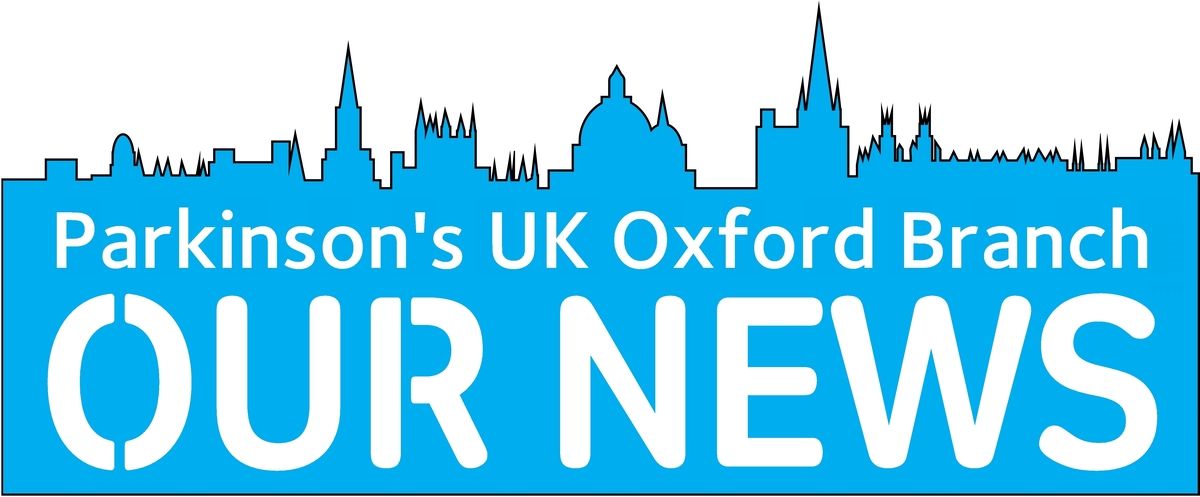

January 2020


January 2020
Research News
Kevin McFarthing
The Hope List contains information about potential therapies for Parkinson’s currently under development. After a bit of pruning and addition, the list now has a grand total of 286 projects, with 143 in the research stage and 143 being tested on people in clinical trials. All the details are in the spreadsheet you can find online at bit.ly/ParkinsonsHopeList.
Exenatide, marketed as Bydureon by Astra Zeneca, is used for the treatment of type 2 diabetes. Interestingly, it also has neuroprotective benefits. Following a successful Phase 2 study published in 2017, a Phase 3 study will soon start recruitment, including in Oxford. The aim is to measure exenatide vs. placebo over the course of two years, which will hopefully be long enough to show a statistically and clinically significant difference.
Continuing with the theme of repurposing – taking a drug already used in one indication and testing it in another – scientists have shown that terazosin, used to treat enlarged prostates in men, could have potential to treat Parkinson’s. That’s because it appears to enhance energy metabolism, which is often impaired in Parkinson’s. Not only did terazosin have these effects in different lab models, the researchers examined prescribing databases and found that those patients taking terazosin had a lower incidence of Parkinson’s.
Enterin Inc in the US have successfully completed a Phase 2a study on Kenterin, a synthetic form of squalamine, derived from the dogfish shark. It’s been shown to prevent α-synuclein from aggregating; this aggregation is thought to be one of the major causes of Parkinson’s. It’s being tested for constipation in Parkinson’s, acting locally on nerves in the enteric nervous system. The results showed that the drug worked for 80% of people in the study, increasing bowel movements from an average of 1.2 per week to 3.6.
As the joint editor of the Clinical Trial Highlights section of the Journal of Parkinson’s Disease, I’ve co-written three reviews this year on the state of play in different areas of therapy development. So, if you still don’t have enough to read, here are links to the reviews:
Finally, two new research initiatives are worthy of mention. Aligning Science Across Parkinson’s (appropriately, ASAP) aims, as the title suggests, to promote inter-disciplinary collaborative science, generate new resources and share data. It’s led by the Nobel Prize winner, Randy Schekman; and funded by, among others, the Michael J Fox Foundation, Parkinson’s UK and the Sergey Brin Family Foundation. The first major initiative to be funded by ASAP is the Global Parkinson’s Genetics Program (GP2). GP2 plans to analyse samples from 150,000 people either with PD or at risk of PD and healthy controls.
Parkinson's UK is the operating name of the Parkinson's Disease Society of the United Kingdom.
A registered charity in England and Wales (258197) and in Scotland (SC037554). 50 Broadway, London SW1H 0BL.